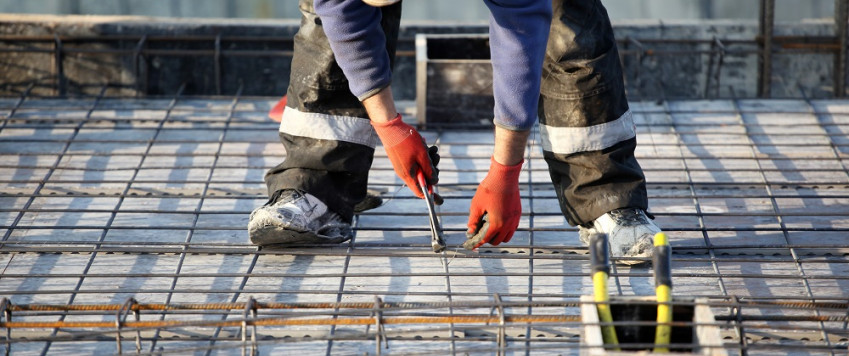Almost all sub-branches support manufacturing growth in May

Recovery of the construction market has brought along considerable rates of growth in mining and quarrying where output has expanded by over one fifth year-on-year. In the energy sector, annual growth is still considerable but production amounts began to drop in May month on month.
Manufacturing output in May 2017 grew both month-on-month and year-on-year by 3.1% (seasonally adjusted data) and 9.4% (working-day adjusted data), respectively. After contracting for three months, growth in wood industry resumed (6.8% year-on-year). This was previously expected, since, despite the poor results at the beginning of the year, the fundamentals are still strong. Even though exports of wood to the United Kingdom, fell in the first months of 2017, export to other large trading partners is growing. It means that foreign demand for Latvian wood products remains robust overall.
The other major sub-branch – food production – has also picked up lately. Judging by turnover data, for the most part it has happened on the account of exported production. Output of the food branch has grown considerably after its recent stagnant developments (7.5% growth year-on-year). Since the downturn in 2014 (introduction of Russian sanctions) capacity utilisation in the food industry has gradually grown, reaching its post-crisis high in the second quarter of this year.
Non-financial investment in food production dropped substantially last year and continued shrinking rapidly also in the first quarter of 2017, posting the lowest result since 2008. Without investing into growth, food producers will find it complicated to raise output in the longer term, despite the fact that faster growth rates are only now beginning to appear in this sub-branch.
A positive development in the context of future growth is that several enterprises of the food manufacturing sub-branch have announced new investment plans. Latvijas Piens, for instance, is planning to invest to increase production amounts by 20% by the end of the year. Food Union meanwhile expects to invest at least two million euro this year in in the development of new products, possibly even product lines, as well as quality improvement.
Fast growth is observed also in other branches. Since May 2016, production of electrical equipment has grown by 51.1%, exceeding the historical high posted at the end of last year. Year-on-year, a notable increase in the production of computers, machinery and equipment as well as construction materials is continuing. The only sharp drop in May was observed in the volatile sub-branch of repair and installation of machinery and equipment.
In view of the positive background of economic growth in trading partners, as well as domestic economic sentiment indicators, manufacturing growth in Latvia is hardly a surprise. In neighbouring Estonia and Lithuania manufacturing has been growing as fast as in Latvia this year.
In the euro area, manufacturing growth rate is slower than in the Baltic countries, yet soft indicators paint a very positive picture: the manufacturing PMI (Purchasing Managers' Index) is at its six-year high. This has been fostered not only by internal demand , but also by foreign demand for goods produced in the euro area, which has remained solid despite the appreciation of the euro in the second quarter of this year.
The construction sector in Latvia’s partner countries is growing. First quarter growth was fastest in Estonia and, traditionally, Sweden. This, along with the resumption of construction in Latvia points to strong future demand for such branches as mining and quarrying, construction materials, fabricated metal products and possibly to a lesser extent for wood industry.
The assessment of order book levels in June was at its highest level post-crisis. Therefore we can expect solid manufacturing growth to continue.
Textual error
«… …»




